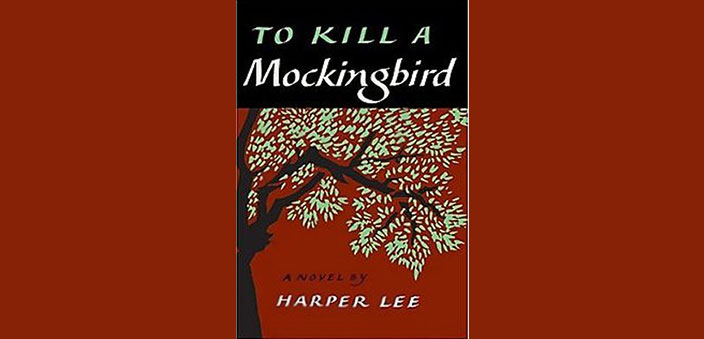A common but timeless staple for all high school reading lists, To Kill A Mockingbird by Harper Lee is all set to have a sequel, just a few months shy of completing 56 years in publication. Usually books that teachers tell you to read are either incredibly boring or unbelievably obscure extended metaphors for something like communism, which leaves a lot to be desired. Especially for kids like me who were just about trying to make the transition from the Baby Sitter’s Club to Kafka.
Mockingbird is different because it draws you in with a fairly easy story, dealing with big, important themes of race, gender, and class relations that we understand easily from our young narrator Scout’s point of view. The innocence and frivolity of her childhood is set against the background of long standing racism, and we are introduced to the situation through her eyes, just getting adjusted to the rampant discrimination and inequality. Mockingbird was one of the first few books to familiarise me with the idea of Gothic horror. The eerie and dilapidated town (and people) of Maycomb, the mysterious and supposedly sinister Boo Radley, are apparently obvious archetypes suggesting the same. There was a constant sense of unease and danger throughout the narration.
But through this atmosphere Harper Lee has brought out some truly horrifying aspects of the Jim Crow laws dominating America at the time, because of which justice is not meted out, the innocent suffer, and even the people who are portrayed as objectively ‘bad’, that being Mayella Ewell for wrongly accusing Tom Robinson, is a victim of patriarchy. Speaking of which, some of the most interesting female characters like Calpurnia, the cook, who is portrayed as intelligent and well-read despite being black, and Ms. Maudie, the neighbor, is portrayed to be a person of immense empathy and understanding which leads me to wonder if the law would have favored Tom Robinson if it favored the participation of women as well. The Patriarchy. Like a stain you can’t get out of history. Or the present for that matter.
Atticus Finch and the consistency in his sense of justice provide a strong moral backbone for the story and the situation, thereby educating Scout and Jem well. Scout cultivates a strong sense of right and wrong, and with her clear worldview she develops a rational way of looking at race and the unjust law. The presence of Calpurnia serves as a link between the black community and the white world, once again giving us an opening into life in the black community and how others viewed them. After Calpurnia takes Scout to the African-American church, she’s amazed by how Calpurnia seems to live a double life and ‘talk different’. She almost begins to view her as a different person. The book may have sought to bring out the fact that African-American’s are real people and not just gardeners, cooks and housekeepers.
The new novel, titled Go Set a Watchman, features many of the same characters from To Kill a Mockingbird about 20 years after the first book’s events. Returning home to Maycomb to visit her father, Jean Louise Finch—Scout—struggles with issues both personal and political, involving Atticus, society, and the small Alabama town that shaped her.
A little known fact is that Lee (now 88) wrote this book before Mockingbird was written. Her editor had felt that a younger Scout’s perspective would have been interesting, and so Mockingbird was written and published instead. On unearthing Go Set a Watchman, Lee was pleased to find that it stood the test of time and was in fact, worthy of publication.
I, for one, am intrigued to revisit the town of Maycomb and experience an older- Scout’s perspective. There’s something exciting in re-experiencing a classic with a time jump of some sort. Especially since this was the initial inspiration for To Kill A Mockingbird.
TKAM is an old book, a classic, but still universally considered as old. Everything about this book seems to have been said and written and talked about already, but sometimes we tend to forget the basic teachings it imparts. That of respecting others no matter where they come from – as Scout said, there are no colored folks; there are just folks- to not judge people solely based on what everyone else thinks, to disregard prejudice and follow your moral compass. These messages will resonate whatever the time, and they will hold true for every situation.
So when Harper Lee was asked to write an Introduction for her book, she proceeded to write this brilliant piece- “Introductions inhibit pleasure, they kill the joy of anticipation, they frustrate curiosity. The only good thing about Introductions is that in some cases they delay the dose to come. ‘Mockingbird’ still says what it has to say; it has managed to survive the years without preamble.”


